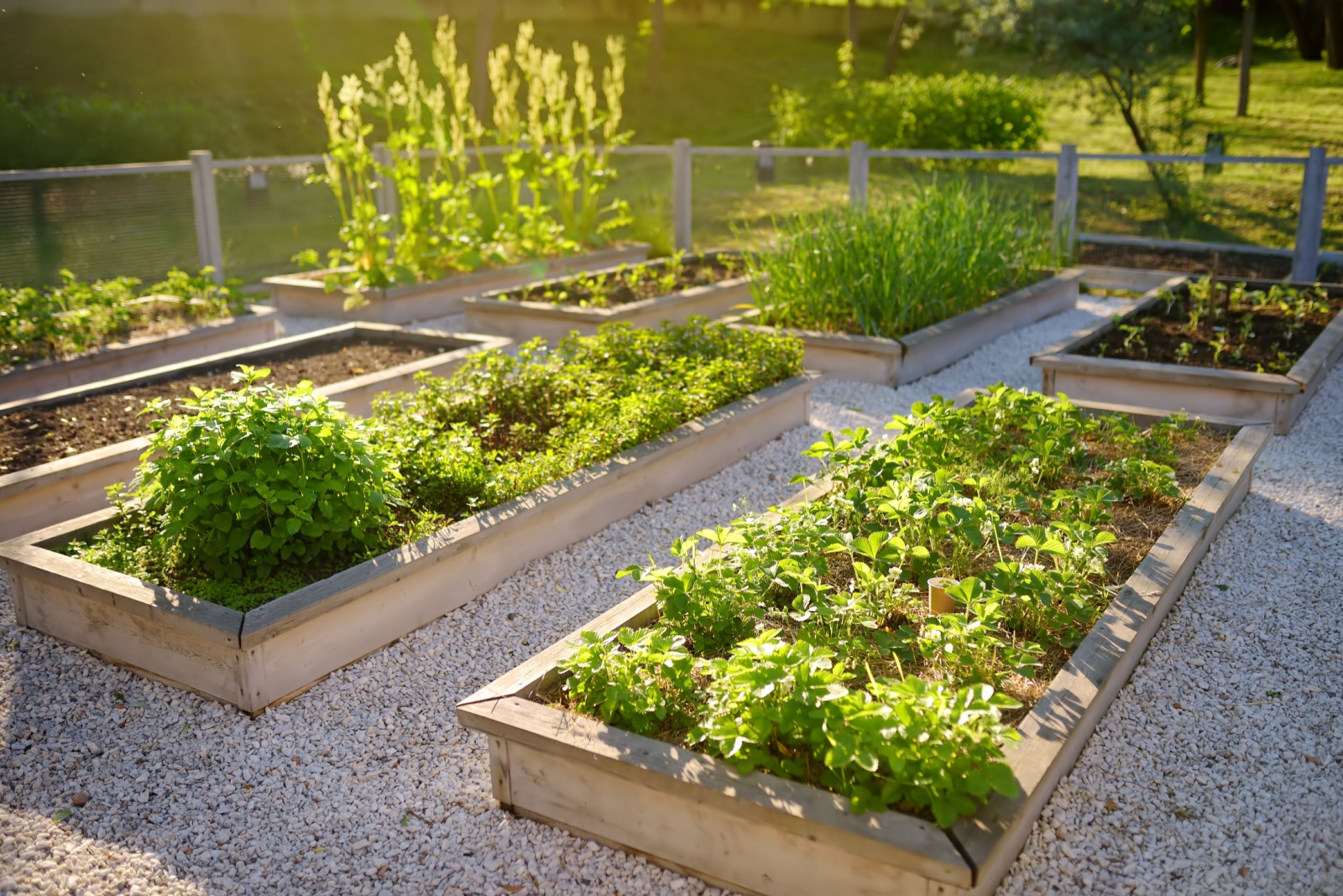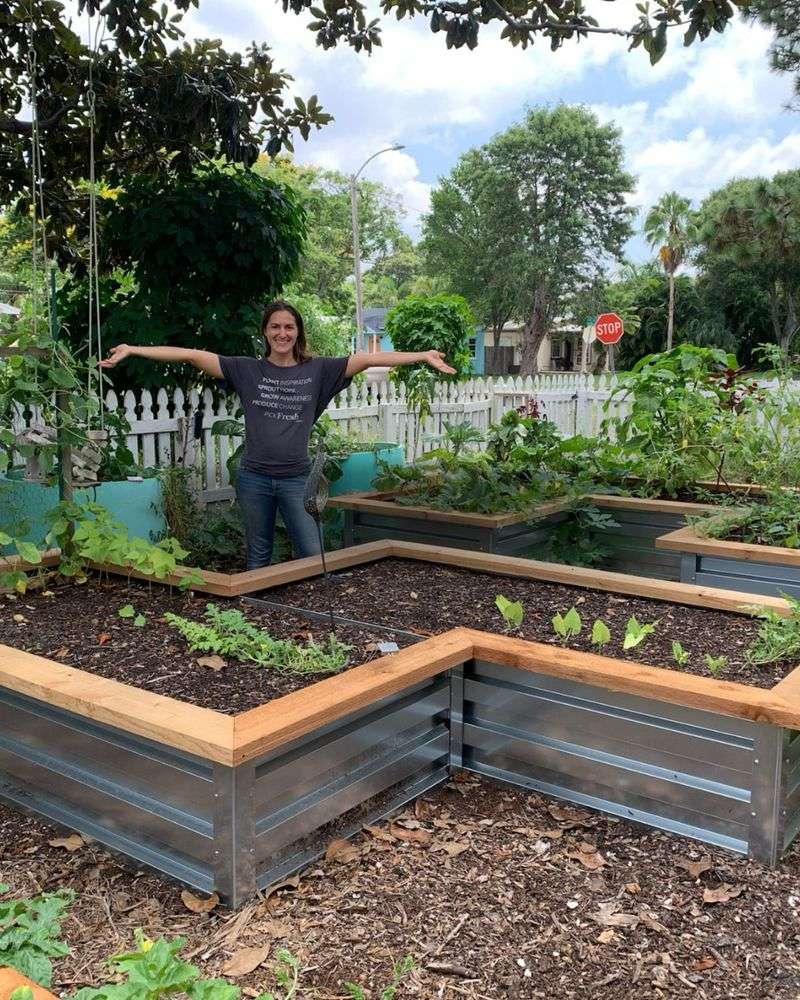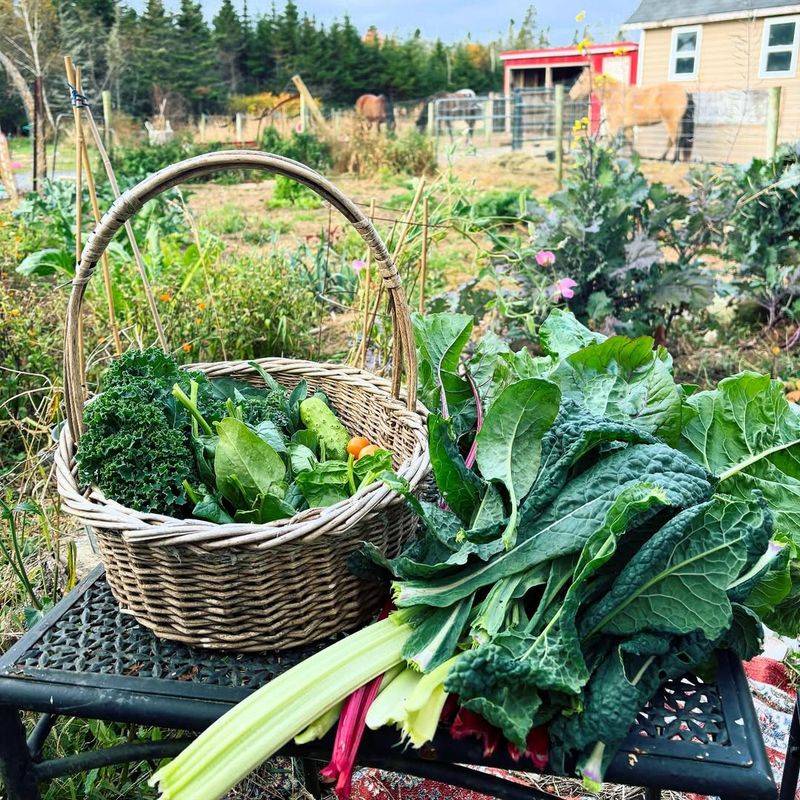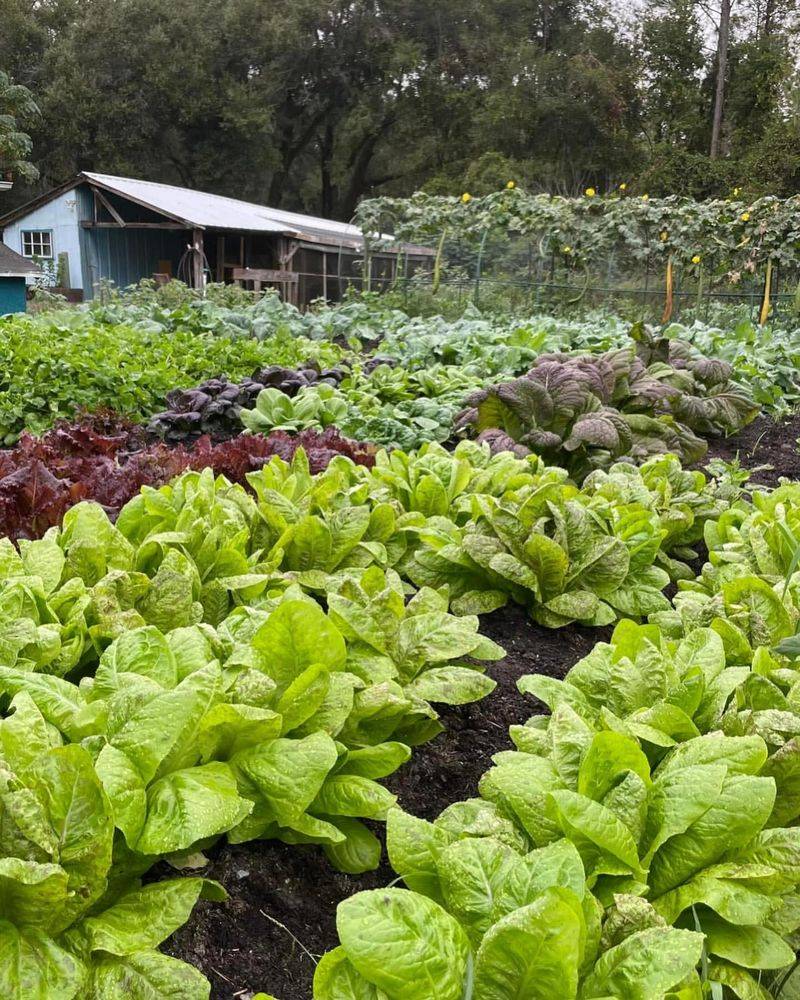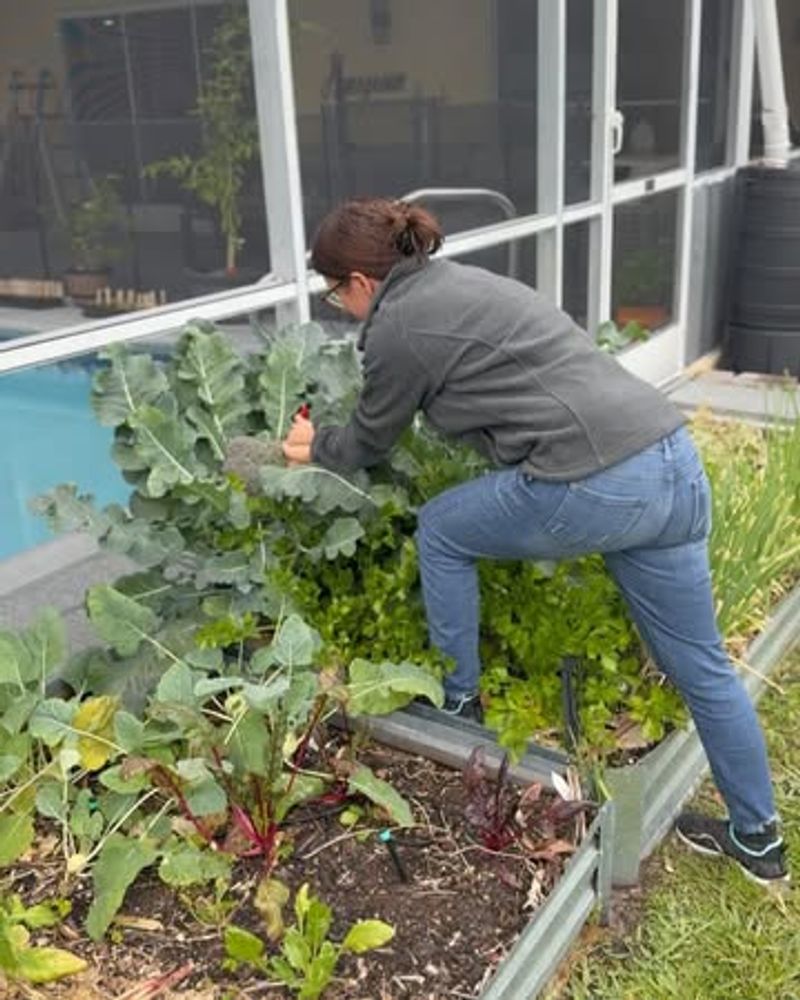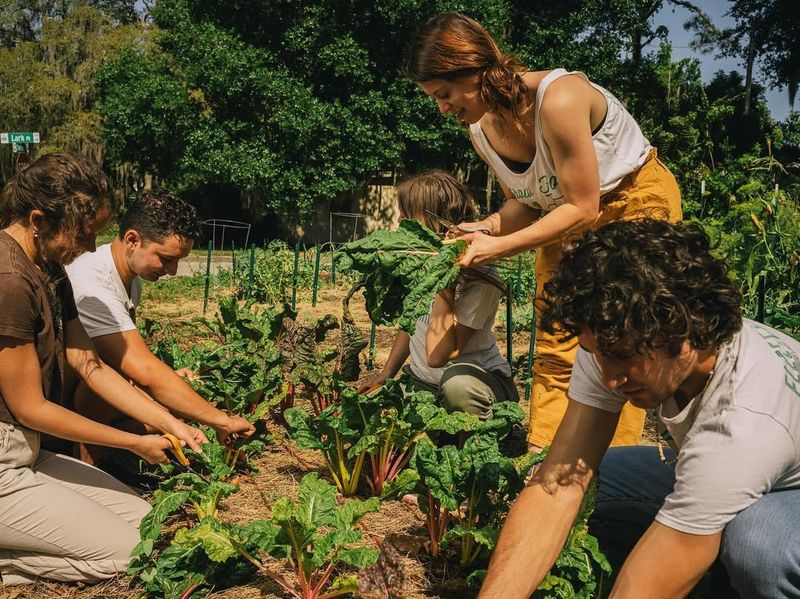Florida homeowners are trading turf for tomatoes and swapping grass for greens as edible gardens take center stage across the Sunshine State.
With rising costs, thirsty lawns, and a climate that practically begs you to grow something delicious, many Floridians are ditching the mower and planting produce instead.
What started as a small trend has sprouted into a full-blown movement, turning backyards into bountiful, low-maintenance landscapes that feed both families and the neighborhood.
Year-Round Growing Season Makes Florida Perfect
Florida’s warm climate means gardeners can grow food almost every month of the year. While northern states deal with snow and frozen ground, Florida homeowners harvest fresh produce even in January.
Winter vegetables like lettuce, broccoli, and carrots thrive when temperatures cool down slightly. Summer brings an explosion of tomatoes, peppers, and tropical fruits that love the heat.
Many plants produce multiple harvests throughout the year, giving families a constant supply of fresh ingredients. With proper planning, something delicious is always ready to pick from your backyard garden.
Grocery Bills Drop Significantly
Growing your own food can slash your monthly grocery expenses dramatically. A single tomato plant might produce 20 pounds of fruit over a season, saving you serious cash at the checkout line.
Herbs that cost five dollars at the store grow abundantly for just pennies worth of seeds. Families who plant strategic crops report saving hundreds of dollars annually on produce purchases.
The initial investment in soil and plants pays for itself quickly, especially with expensive items like organic berries or specialty greens. Your garden becomes a money-making machine that keeps giving season after season.
Water Conservation Becomes Reality
Traditional lawns guzzle thousands of gallons of water each month just to stay green. Edible gardens, especially when designed thoughtfully, actually use far less water than thirsty grass. Mulching around plants keeps moisture in the soil longer, reducing the need for constant watering.
Many vegetables have deep root systems that access groundwater more efficiently than shallow grass roots. Drip irrigation systems deliver water directly to plant roots, eliminating wasteful sprinkler runoff.
During Florida’s occasional drought periods, edible gardens prove much more sustainable than maintaining a perfect lawn.
Pesticide Exposure Disappears From Your Plate
Store-bought produce often carries residues from chemical sprays used during commercial farming. When you grow food at home, you control exactly what touches your plants and eventually your family’s meals.
Natural pest management techniques work wonderfully without harsh chemicals that might harm beneficial insects.
Children can safely pick and eat strawberries right off the plant without worrying about toxic substances. Beneficial bugs like ladybugs and praying mantises become your garden helpers, creating a balanced ecosystem.
Knowing your food is completely clean gives incredible peace of mind that money simply cannot buy.
Kids Learn Where Food Really Comes From
Modern children often think food magically appears in grocery stores without understanding the growing process.
Edible gardens provide hands-on education that connects kids to nature and teaches responsibility through plant care. Watching a tiny seed transform into a carrot or watermelon creates wonder and appreciation.
Children who help grow vegetables become more willing to try new foods they’ve nurtured themselves. Science lessons about photosynthesis, pollination, and plant biology become real and memorable in the garden.
These experiences build lifelong healthy eating habits and environmental awareness that classroom learning alone cannot provide.
Native Pollinators Find Critical Habitat
Butterfly and bee populations have declined alarmingly due to habitat loss across Florida’s developed areas. Edible gardens bursting with flowering vegetables and herbs provide essential food sources for these struggling creatures.
Squash blossoms, herb flowers, and berry bushes attract dozens of pollinator species that desperately need help.
Creating pollinator-friendly spaces helps entire ecosystems function properly, benefiting wild areas beyond your property line.
Watching hummingbirds visit your tomato flowers or butterflies dance around basil blooms adds magical moments to gardening. Your small yard becomes a wildlife sanctuary that supports biodiversity while producing delicious food.
Hurricane Preparedness Gets Easier
Florida residents know hurricane season can disrupt supply chains and leave grocery shelves empty for days or weeks. Edible gardens provide a backup food source when stores run out or become inaccessible after storms.
Preserved harvests like canned tomatoes, dried herbs, and frozen vegetables create emergency food reserves.
Even after storms pass, gardens often recover quickly and provide fresh nutrition during recovery periods. Root vegetables stored properly can last months without refrigeration if power goes out.
Building food security through gardening gives families real resilience against natural disasters that regularly threaten the state.
Physical Exercise Happens Naturally
Maintaining an edible garden provides surprisingly effective low-impact exercise that keeps bodies strong and flexible.
Digging, planting, weeding, and harvesting engage multiple muscle groups without feeling like boring gym workouts. Spending just 30 minutes daily in the garden burns calories while accomplishing productive tasks.
Bending, stretching, and carrying supplies improve balance, strength, and cardiovascular health naturally. Older adults across Florida find gardening especially beneficial for maintaining mobility and independence as they age.
The mental health benefits of outdoor physical activity combined with purposeful work create wellness that pills cannot duplicate.
Neighborhood Community Connections Strengthen
Abundant harvests naturally lead to sharing surplus produce with neighbors, creating friendly connections in communities.
Conversations start when curious passersby ask questions about unusual plants or successful growing techniques. Trading seeds, cuttings, and garden advice builds relationships that transform neighborhoods into supportive networks.
Community gardens and shared growing spaces bring diverse people together around common interests and goals.
Elderly gardeners pass down knowledge to younger families, preserving traditional growing wisdom. These social bonds make neighborhoods safer, friendlier places where people actually know and help each other regularly.
Carbon Footprint Shrinks Dramatically
Commercial produce travels an average of 1,500 miles before reaching your plate, burning fossil fuels throughout the journey.
Growing food at home eliminates transportation emissions completely, making your meals genuinely local and sustainable. Composting kitchen scraps into garden fertilizer further reduces waste sent to landfills.
Plants actively absorb carbon dioxide while producing oxygen, helping combat climate change right in your backyard.
Avoiding chemical fertilizers and pesticides prevents pollution of Florida’s sensitive waterways and aquifers. Every homegrown meal represents a small but meaningful action toward environmental responsibility and planetary health.

